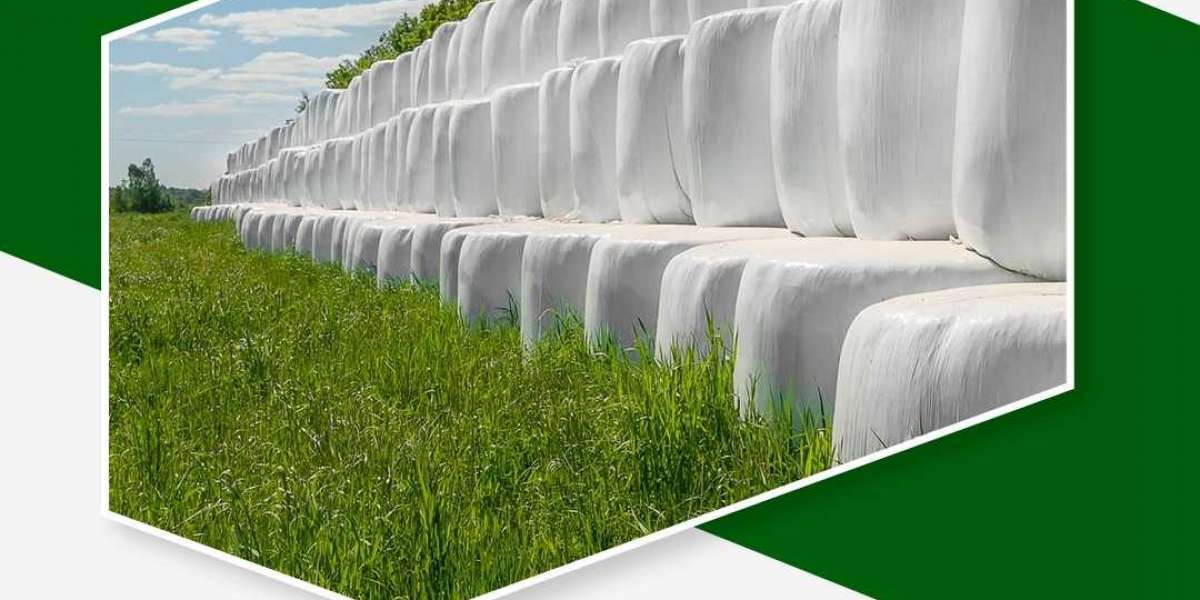The most important thing about any fodder, whether wheat, sugarcane, or Corn Silage for cows, is that it has to be of excellent quality. Otherwise, your ruminants won’t get all the supposed benefits. But how can we make the best quality silage? Here’s all you need to know about creating and feeding hygienic silage to your cattle.
An overview of quality maintenance in silage
If you use it in the best way possible. In that case, the ensiling procedure should retain as many valuable nutrients and DM from the original forage crop as possible because the silage quality cannot be improved once it's harvested.
Furthermore, even in excellent functions, unfortunate catastrophes may impact silage quality. Sometimes, the weather doesn’t cooperate to hit the perfect harvest window, or your tools may break when you least expected it. However, even in less ideal scenarios, there are options for handling unhygienic silage.
The most effective way we, as Punjab Silage Private Limited, handle spoiled silage is not to let it happen in the first place. Let’s see below.
Preventing worst-case scenarios
You will feed hygienic Promaize Silage to your cattle if it's sterile in the first place. Here’s how to prevent the worst-case situations.
Develop emergency plans: If the situation we discussed earlier is unexpected, you should also have prepared solutions. Yes, we are talking about plans B, C, and D. You know the rest.
Evaluate Silage color and smell: The smell and color of your silage can tell you the spoilage level of the Silage Bales. Take a look below.
- If it smells like vinegar and is yellowish, it’s because of acetic acid production.
- If it looks normal but smells like alcohol, it’s because of yeast production.
- If it smells sharp and sweet but looks normal, the cause is probably propionic acid production.
- If it looks greenish, smelling like rancid butter, it is the doing of butyric acid.
- The silage smells like tobacco or caramel and appears anything from dark brown to black. It's because of the high temperature.
So the key here is that your silage should smell and appear normal.
Throw it away, if needed: There is no return on Investment or enhancement possible on visibly moldy silage. It’s a wise idea to throw it away, as feeding it even in small amounts can cause reproduction and digestion problems.
Dilute and feed to a less sensitive group: A simple fact is that feeding spoiled silage in high amounts to productive cattle will result in decreased yield. It is because your cows and buffaloes will eat less and won’t produce much milk. However, you can try feeding it to non-lactating younger cows. But, again, it’s essential to use the best silage management practices.
Support the rumen: Even if you fail to notice that your silage is spoiled, it’s never too late to take action. We recommend that you halt feeding unhygienic silage immediately and arrange for a silage evaluation. The group of experts will also tell you how to improve silage quality. Your rumen health will also improve faster the sooner you take this step.














